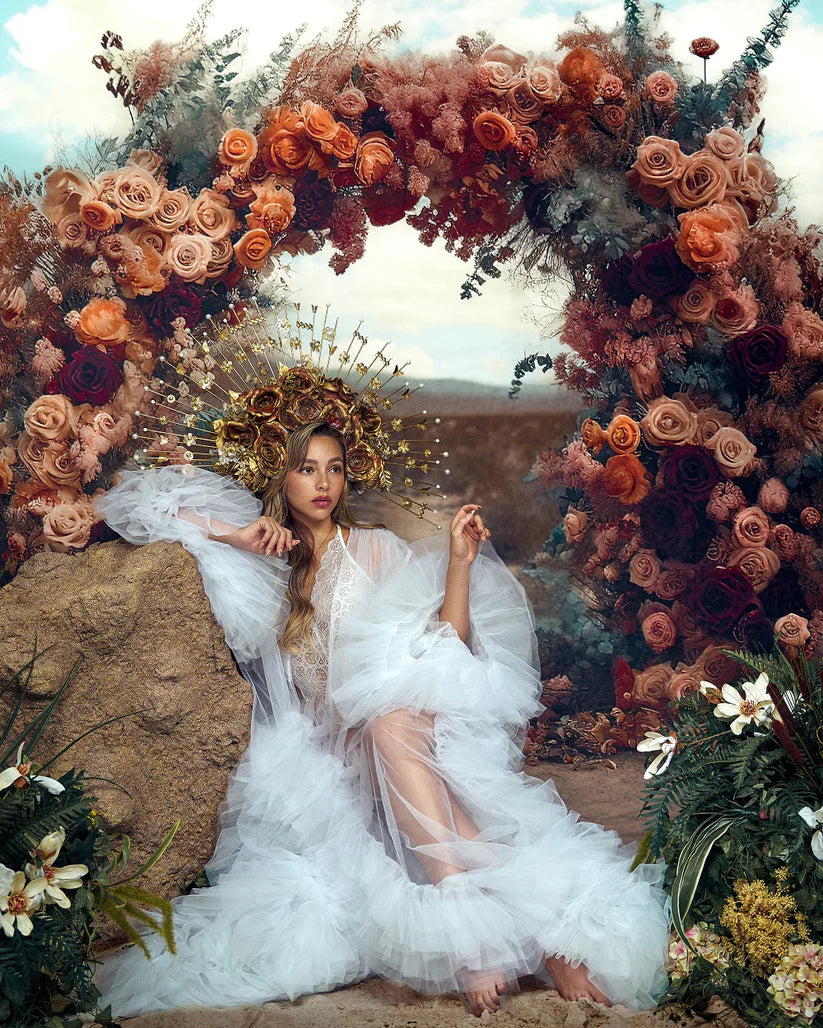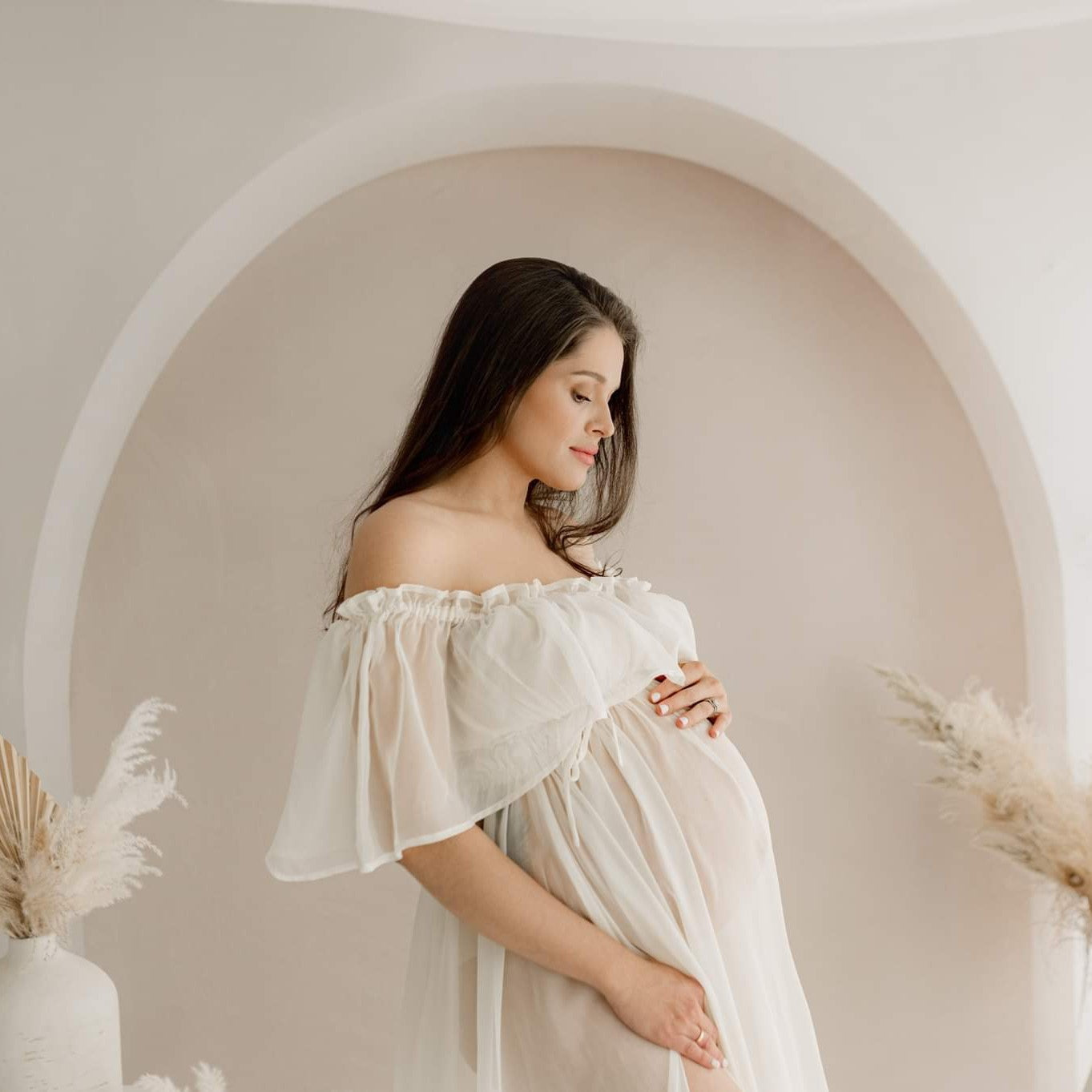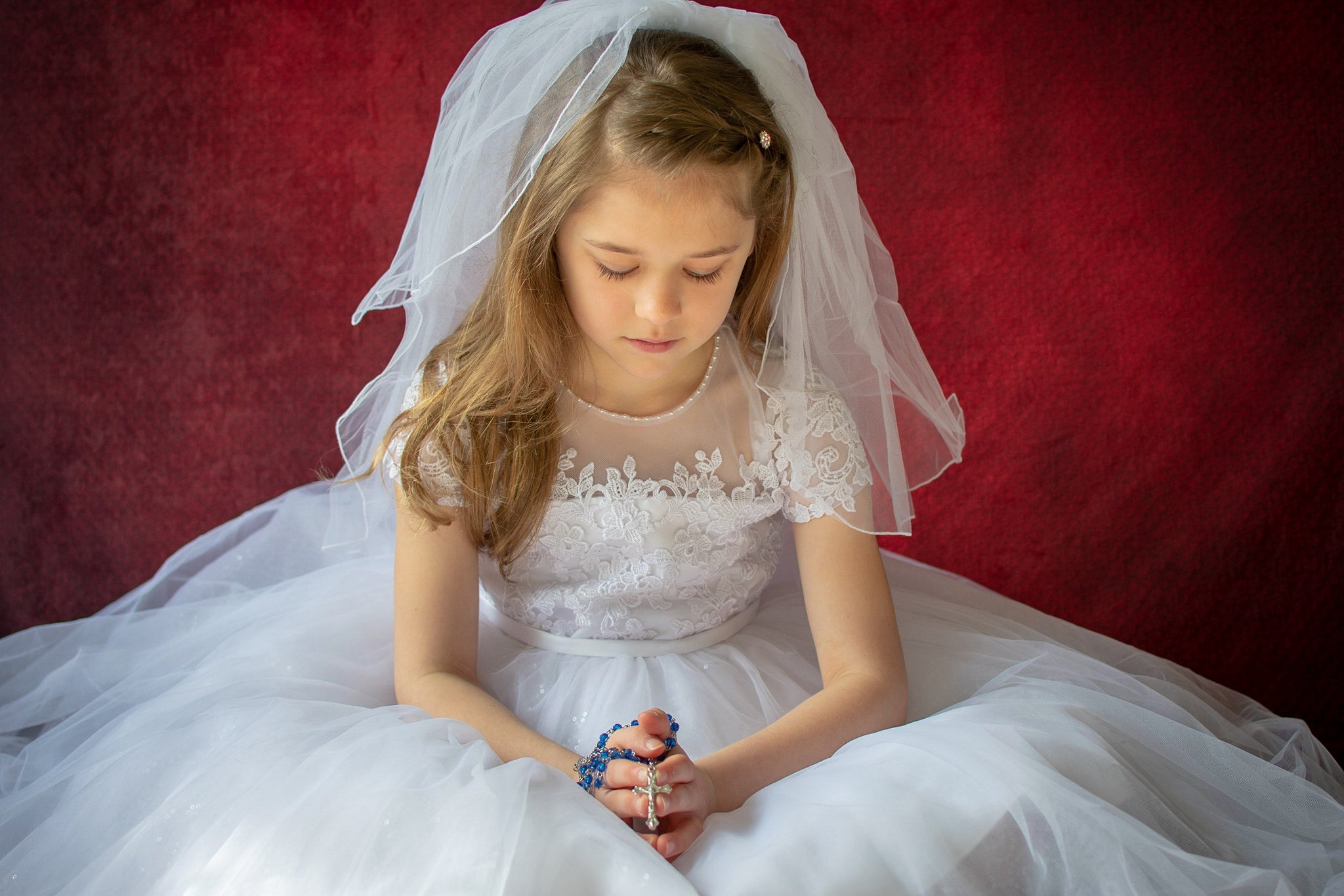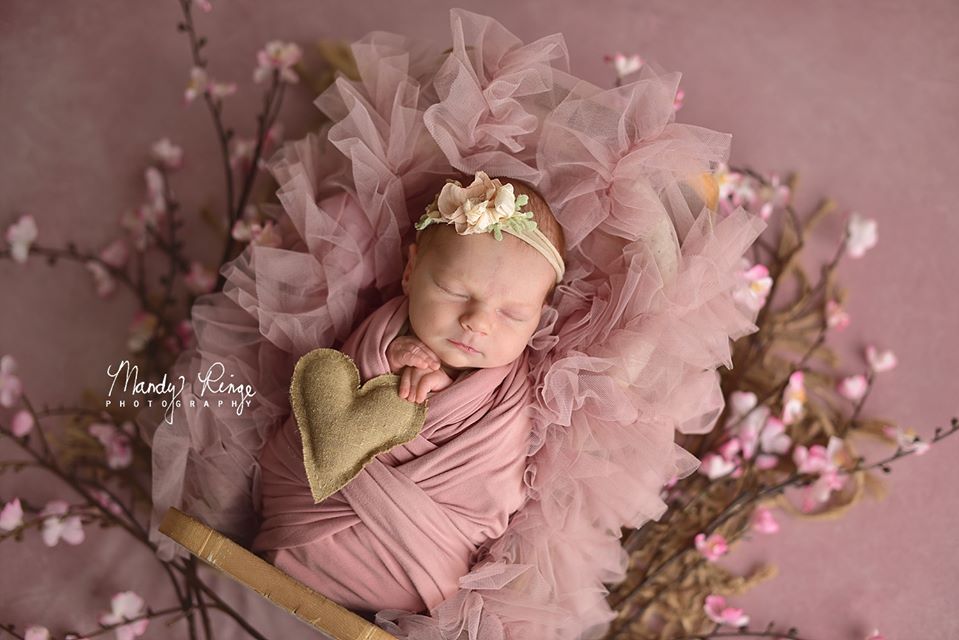I talked about 5 tips on how to use photographic light before. Then I will finish the remaining 5 tips.
1)Using light attenuation to change the relationship between the subject and the background

The characteristics of light attenuation can be used to change the relationship between the subject and the background. If you move the light source closer to the subject, the subject will protrude from the background. If you are away from the subject, the background will be relatively brighter.
The same is true for the sidelight source: if the metering is closer to the subject, the gradation effect of the light on the body contour will be obvious, and the farther the light source is, the worse the gradient effect will be.
Tip: If you rely on the window as the light source to illuminate the person and arrange the character in front of the window, the space behind him will be darker. If you want to illuminate the background, let people leave the window and stand backward.
2)The light in front of the subject reduces the emphasis on the texture

Front-lighting will reduce the texture of the subject. Metering, top light, and bottom light all emphasize texture. Photographers who take portraits want to place the light source on the central axis as much as possible to suppress the texture of the skin wrinkles.
Landscape photographers hope to emphasize the texture of stones, sand, leaves, etc. by metering. In general, the greater the angle between the light and the main axis of the camera, the stronger the textured texture.
Tip: To take pictures of your furry pet and keep the texture of the fur, place the light on the side instead of the pet.
3)Shadow can create a sense of three-dimensionality

Shadows can create a sense of three-dimensionality. This is what the photographer calls three-dimensional, that is, the object looks like an object in space, not a projection on a plane.
From metering, top light, and bottom light, you can create deeper, longer shadows and create a three-dimensional look. Therefore, product photographers and landscape photographers prefer angled light.
Tip: You can try the "Hollywood" light (butterfly light) and shoot a classic romantic portrait. Place the light slightly above the front of the model and adjust the position of the light source so that the shadow cast by the nose does not cross the upper lip.
4)Backlighting may be a highly scattering source

Backlighting can be considered as a source of high scattering. When there is very little time to shoot the subject completely, such as the silhouette effect, no light can reach the front of the subject. If the back of the subject is facing a very bright window, his front side will also be illuminated by the light reflected from the opposite wall. When outdoors, if the sun shines from behind, the front of the character will be illuminated by the sky in front of it; in both cases, you need to increase the exposure to expose the front side of the object, such light will also weaken the texture of the face.
Tip: If you want to shoot back or create a silhouette with a point source, try to put the light source in the composition as well. The camera may not be able to meter properly and may require multiple bracketing.
5)The light also has color, even if it looks "white"

Light also has a color when it looks "white." This is called color temperature, and our eyes and brain can inadvertently adjust our perception to the ambient light very quickly. Digital sensors and film may record this color that our eyes cannot see. The morning and evening sun are warm, while at noon, the light in the outdoor shadows is bluish, the light in the tungsten is yellow, and the light reflected from any surface carries the color of the surface. When using a digital camera, you can offset the color or add color by controlling the white balance, such as adding warm colors to landscapes and portraits. If you use film, you must choose a film that is suitable for the color temperature of the scene, or you can use a filter to compensate.
Tip: In the sunny outdoors, especially in the shadows, the light is blue, and the white balance of your camera is set in the "cloudy" file, which can produce a warm filter effect and shine the golden sunlight.
This is the end of today's sharing, we will see you next week!

 Custom Printed Fabric Backdrops
Custom Printed Fabric Backdrops Custom Rubber Floor Mats
Custom Rubber Floor Mats Custom Collapsible Backdrops(double-sided)
Custom Collapsible Backdrops(double-sided) Custom Hand Painted Canvas Backdrops
Custom Hand Painted Canvas Backdrops Custom Rubber Round Coaster
Custom Rubber Round Coaster Custom Vinyl Backdrops
Custom Vinyl Backdrops Custom Fleece Backdrops
Custom Fleece Backdrops Pink
Pink






